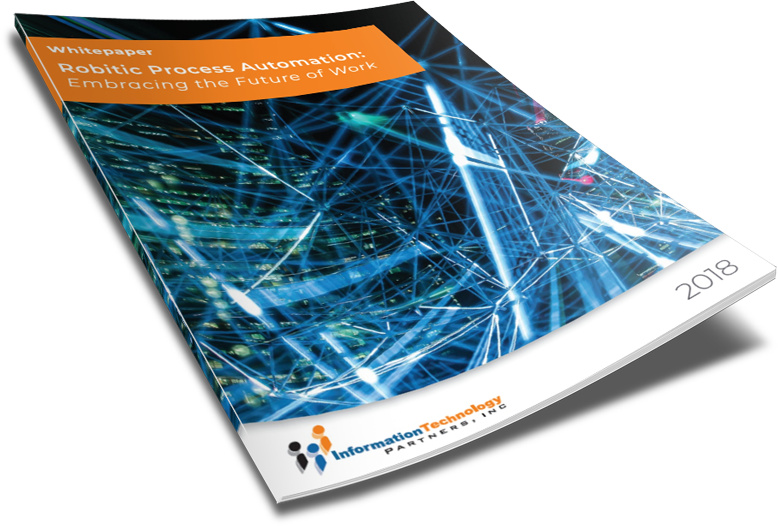TAKE NOTE (Insights and Emerging Technology)

The Army has released the first version of its Unified Data Reference Architecture (UDRA), service officials announced during the Association of the United States Army’s Global Force Symposium.
UDRA will address the challenge of improving the Army’s current data architecture, which is “complex and focused on networks, systems and message protocols for moving and sharing data,” according to an Army description. “This UDRA introduces data mesh principles to flatten and simplify the Army’s data architecture, streamline data product sharing across mission partners, and support data-driven decision making at greater speed and scale”.
Army Deputy Assistant Secretary for Data, Engineering and Software Jennifer Swanson said that the service has been developing the architecture in collaboration with industry for the past year.
“That was important to us to make sure that what we put out was executable and feasible. And so we have evolved the architecture.” she said. The architecture was co-signed by both the Army acquisition executive as well as the chief information officer, Swanson said.
“Implementation is beginning across ASA (ALT), and it is going to be required for at least our new programs. We need to kind of do the math on the existing ones and what makes sense. I think we’re going to start taking a look at that soon. But I think that there will be some level of migrating some of that to this data mesh architecture as well,” she said.
Also this week, the Army officially launched the Innovation Exchange Lab, which will allow industry to test out their data solutions to determine compliance with the architecture.
“It’s really a cloud-based lab where industry can bring their data solutions and test against the UDRA implementation. So basically, do I comply. Do I not comply? What are the things that I might need to tweak in order to comply or get closer to complying,” she said.
Interested in learning more about RPA? Download our FREE White Paper on “Embracing the Future of Work”
UNDER DEVELOPMENT (Insights for Developers)
Keeping Your SAP Core Clean

Intro
Digital Transformation has become a critical component of success in today’s fast paced business landscape. To stay competitive, companies must embark on this Digital Transformation journey, whether by starting from scratch or building on their existing investments. However, a key consideration in future-proofing an organization is ensuring a clean core.
In the realm of enterprise resource planning (ERP), SAP stands as a cornerstone for many organizations, underpinning the vast array of business processes that drive day-to-day operations. The concept of maintaining a “clean core” within SAP systems, particularly SAP S/4HANA, is pivotal to ensuring operational efficiency, adaptability, and future-readiness. In our last blog “Modern Integration For S4HANA” we discussed the clean core concept. In this blog post we will delve into the significance of a clean SAP core, the challenges of deviating from this principle, and strategies to uphold it through extensibility and best practices.
The Imperative of a Clean Core
At its essence, a clean core in an SAP environment refers to the preservation of the standard, unmodified SAP system, free from customization that can entangle the core operations and hinder upgrades or innovations. This principle is paramount for several reasons:
- Future-Proofing: Ensuring a clean core within your SAP system is akin to laying a flexible and robust foundation for your enterprise’s digital infrastructure. This strategic approach allows your system to remain nimble, ready to embrace emerging technologies and adapt to shifts in the business environment with ease. By preserving the core’s integrity, you position your organization to seamlessly integrate future innovations, thereby safeguarding your competitive edge in an ever-evolving marketplace. This foresight not only prepares you for upcoming technological trends but also ensures that your system can evolve without the need for extensive overhauls, making the journey towards digital transformation smoother and more efficient.
- Operational Stability: The concept of a clean core is central to achieving unwavering operational stability within your SAP environment. By refraining from unnecessary customization and modifications, you ensure that the system’s fundamental operations remain unaffected and reliably performant, serving as a dependable backbone for all your business activities. This stability is crucial, especially in scenarios that demand high availability and precision, ensuring that your business can continue its operations without interruptions. Maintaining a clean core effectively reduces the risk of system failures and operational glitches that can arise from complex customization, thereby ensuring that your critical business processes are insulated from potential disruptions, leading to improved operational resilience and continuity…..
– Dig Deeper –
Clean Core: What It Is, Why to Do It, and How to Get There…
Q&A (Post your questions and get the answers you need)

Q. Can you explain what Jenkins is and how it is used in a CI/CD Pipeline?
A. Jenkins is an open-source solution comprising an automation server to enable continuous integration and continuous delivery (CI/CD), automating the various stages of software development such as build, test, and deployment.
More specifically, Jenkins is a Java-based open-source automation platform with plugins designed for continuous integration. It is used to continually create and test software projects, making it easier for developers and DevOps engineers to integrate changes to the project and for consumers to get a new build. It also enables you to release your software continuously by interacting with various testing and deployment methods.
Some functions it can perform…
Deploying code into production: If all of the tests developed for a feature or release branch are green, Jenkins or another CI system may automatically publish code to staging or production.
Enabling task automation: Another instance in which one may use Jenkins is to automate workflows and tasks. If a developer is working on several environments, they will need to install or upgrade an item on each of them. If the installation or update requires more than 100 steps to complete, it will be error-prone to do it manually. Instead, you can write down all the steps needed to complete the activity in Jenkins. It will take less time, and you can complete the installation or update without difficulty.
Reducing the time it takes to review a code: Jenkins is a CI system that may communicate with other DevOps tools and notify users when a merge request is ready to merge. This is typically the case when all tests have been passed and all other conditions have been satisfied. Furthermore, the merging request may indicate the difference in code coverage. Jenkins cuts the time it takes to examine a merge request in half.
Driving continuous integration: Before a change to the software can be released, it must go through a series of complex processes. The Jenkins pipeline enables the interconnection of many events and tasks in a sequence to drive continuous integration. It has a collection of plugins that make integrating and implementing continuous integration and delivery pipelines a breeze.
Increasing code coverage: Jenkins and other CI servers may verify code to increase test coverage. Code coverage improves as a result of tests.
Enhancing coding efficiency: Jenkins dramatically improves the efficiency of the development process. For example, a command prompt code may be converted into a GUI button click using Jenkins. One may accomplish this by encapsulating the script in a Jenkins task. One may parameterize Jenkins tasks to allow for customization or user input. Hundreds of lines of code can be saved as a result.
Simplifying audits: When Jenkins tasks run, they collect console output from stdout and stderr parameters. This makes troubleshooting using Jenkins extremely straightforward. You may assess run timing and find the slowest step utilizing the time stamper plugin, allowing you to tweak the performance of each operation.
Nowadays, the Jenkins community reports that there are around 1,500 plugins available for a variety of applications, including ABAP for SAP. The thousands of plug-ins available allow for a great deal of customization. Plugins assist with integrating additional development tools into the Jenkins environment, adding new user interface components to the Jenkins Web UI, Jenkins administration, and enhancing Jenkins for build and source code management.
Cheers!



